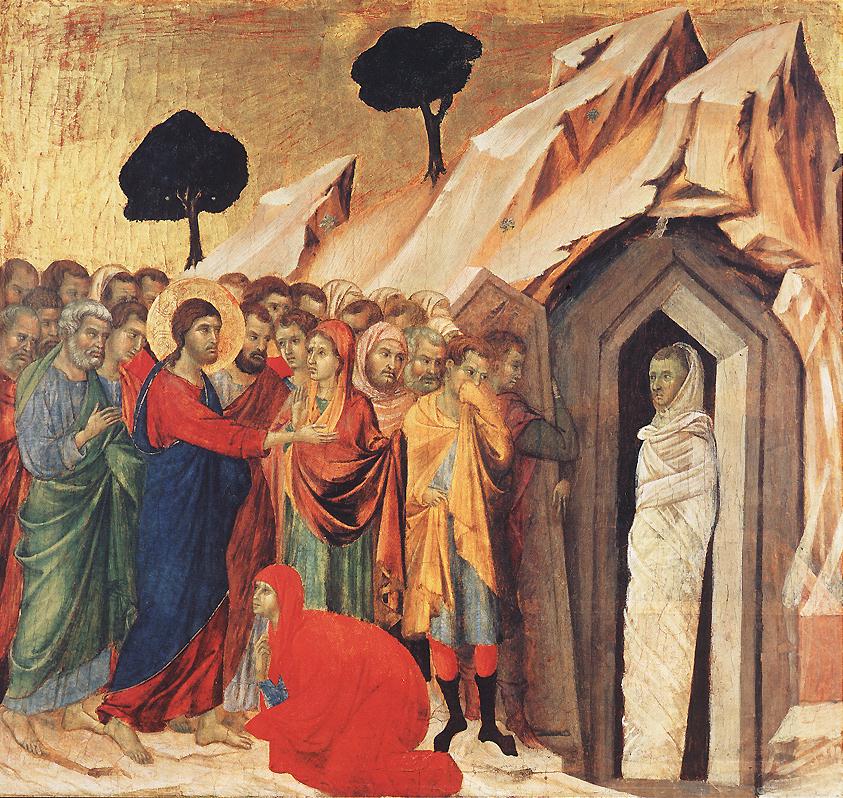PSacramento: "Jesus brought back to life Lazarus and the little girl too, but Lazarus had been dead a few days while the girl had just died. Elijah brought back to life the widows son also. Lazarus's ressurection was "unique" in the sense that Lazarus was much loved by Jesus, he had been dead for some time and it was the last of Jesus's miracles ( besides his own ressurection of course)."
Isn't it possible that Jesus was a very educated man? Could it be that he was a traveling physician as well as a philosopher?
There are several ancient papyrus's (from as early as 1550 BC) detailing ailments, diagnoses, and treatments.
Medical institutions, referred to as Houses of Life are known to have been established in ancient Egypt as early as the 1st Dynasty. [ 10
The earliest known physician is also credited to ancient Egypt: Hesy-Ra, “Chief of Dentists and Physicians” for King Djoser in the 27th century BC. [ 10 ] Also, the earliest known woman physician, Peseshet, practiced in Ancient Egypt at the time of the 4th dynasty.
The oldest Babylonian texts on medicine date back to the Old Babylonian period in the first half of the 2nd millennium BC. The most extensive Babylonian medical text, however, is the Diagnostic Handbook written by the physician Esagil-kin-apli of Borsippa, [ 11 ] during the reign of the Babylonian king Adad-apla-iddina (1069-1046 BC). [ 12 ]
Archaeologists in Mehrgarh in Balochistan province in the present day Pakistan discovered that the people of Indus Valley Civilization from the early Harappan periods (c. 3300 BC) had knowledge of medicine and dentistry. Later research in the same area found evidence of teeth having been drilled, dating back 9,000 years. [ 14 ]
The Susrutasamhita is notable for describing procedures on various forms of surgery, including rhinoplasty, the repair of torn ear lobes, perineal lithotomy, cataract surgery, and several other excisions and other surgical procedures.
(Jesus repaired a torn earlobe. Could he have used a surgucal procedure? There were medical teaching facilities since the days of the Egyptians. )
The first known Greek medical school opened in Cnidus in 700 BC.
A towering figure in the history of medicine was the physician Hippocrates of Kos (ca. 460 BC – ca. 370 BC), considered the "father of modern medicine."
http://en.wikipedia.org/wiki/History_of_medicine


